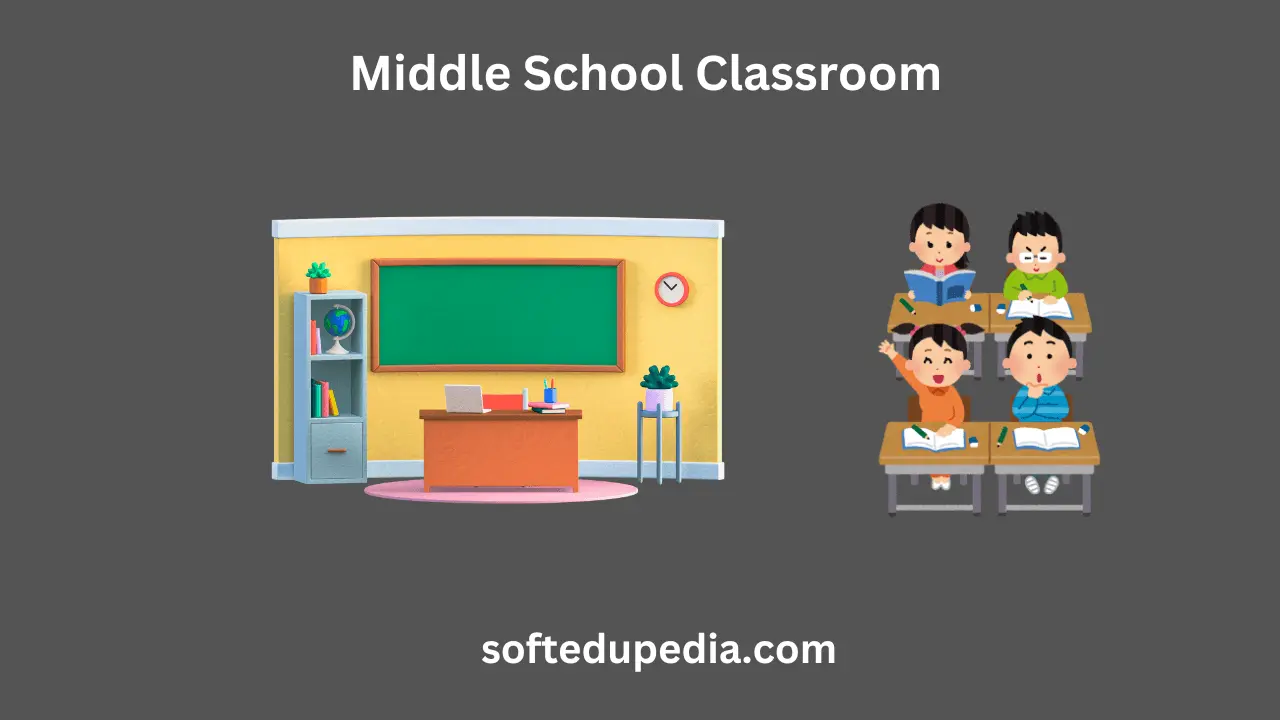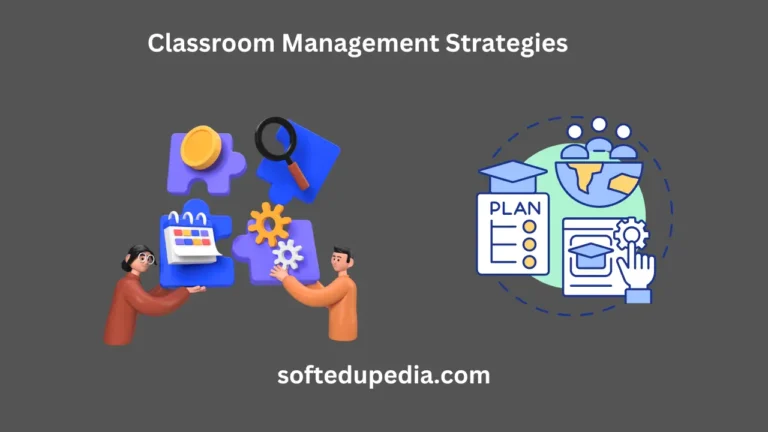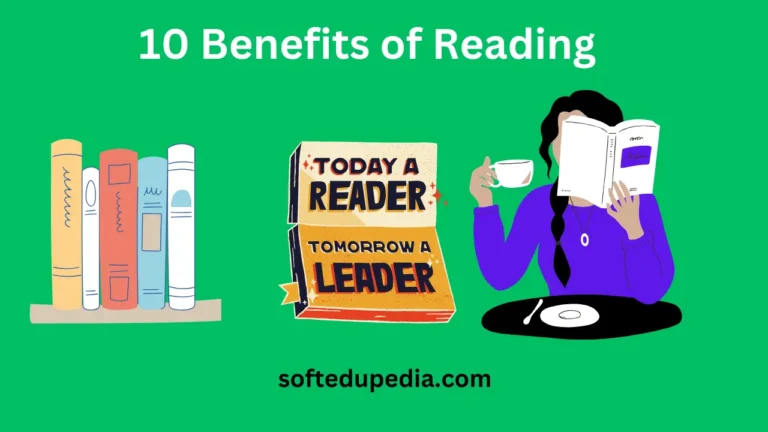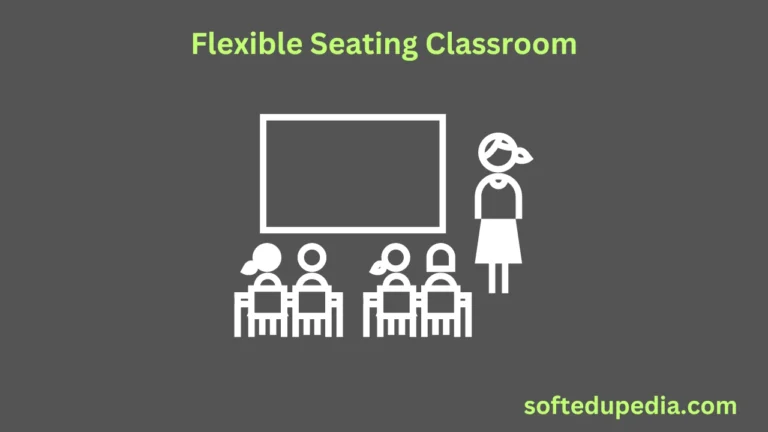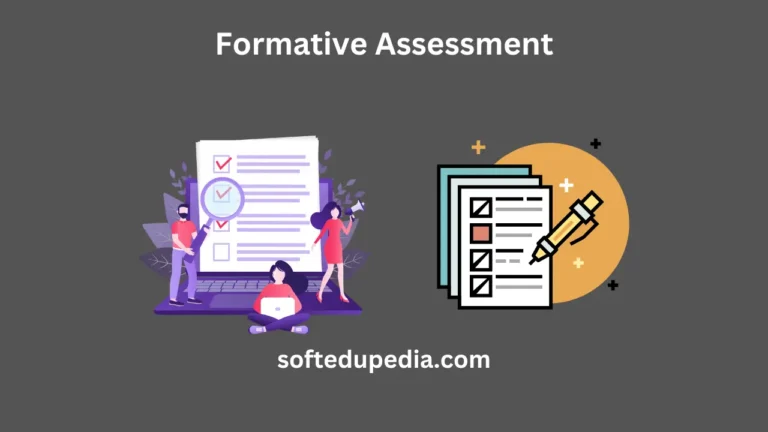Top Strategies for an Effective Middle School Classroom Environment
Running a middle school classroom offers a special set of difficulties for teachers that they must skillfully and gently negotiate. Students struggle with a wide range of transitions—physical, emotional, and social at this developmental level. Rising academic expectations combined with the instability of adolescence may create a dynamic classroom where different degrees of motivation, involvement, and behavioural problems abound. Teachers must simultaneously meet the emotional and social requirements of their pupils as well as provide demanding academic materials, therefore creating an environment that supports learning and personal development.
It is important to understand the need to juggle these academic obligations with students’ mental health. Teenagers need encouraging surroundings that challenge them intellectually and yet accept their changing selves. The perfect middle school classroom is one in which teachers can foster a love of learning and curiosity while also providing the emotional support required for pupils to flourish during this pivotal point of growth.
This essay will go over top tactics to design a successful and pleasant middle school classroom. These techniques seek to create a supportive learning environment that guarantees both intellectual and emotional requirements are satisfied by utilizing strong connections and student participation, therefore promoting nurturing learning. These strategies help teachers create a classroom environment in which children feel appreciated, motivated, and ready to meet middle school head-on.
Establish Clear Classroom Rules for Positive Behavior
The many personalities and developmental phases children go through make a middle school classroom a lively, often chaotic scene. Maintaining a clean and efficient classroom depends on well-defined regulations. Rules provide the whole academic year structure, expectations, and limits, therefore defining the atmosphere of the institution. They are essential for fostering accountability, good behaviour, and a setting free from needless distractions so kids may concentrate on their education.
Making regulations needs to be a team effort between the instructor and the pupils. Including students in rule-making helps them to feel accountable and responsible, which improves adherence. This cooperation also provides pupils with an understanding of the reasons for the need for regulations in a proper classroom. Apart from the regulations created in the classroom, teachers should stress school-wide policies to make sure students grasp the results of their activities both inside and outside the classroom.
Once regulations are set, consistency is absolutely important. Fair and equal application of regulations by teachers helps to eliminate uncertainty and preserves confidence among their students. Any departures from consistent enforcement might cause disruptions or behavioural issues, therefore compromising the favourable surroundings you aimed to produce. Offering chances for pupils to fix their errors and repercussions for rule violation helps them to develop responsibility without feeling unduly chastised.
In essence, a good, respectful learning environment in middle school classrooms is greatly shaped by well-defined, consistent classroom rules. Students will be more inclined to participate, work together, and flourish within the correct framework.
Strategies for Managing Classroom Behavior in Middle School
For middle school teachers, controlling classroom conduct might be among the most difficult tasks. Middle school kids balance emotional, social, and intellectual demands at a unique developmental level. Behaviour control techniques must thus be flexible and varied to satisfy the demands of every kid while preserving general classroom discipline.
One of the best strategies in middle school classrooms is proactive behaviour control. Teachers should put in place measures that stop misbehaviour from starting rather than waiting for problems to surface. One of the easiest methods to reduce interruptions is to establish a regular schedule. Students who know what to expect and what is expected of them are less prone to act out and more likely to remain concentrated.
Developing relationships with pupils is another effective tactic. Knowing your pupils personally helps you to grasp the fundamental causes of their actions. By seeing triggers and helping pupils to find answers, teachers can usually stop disruptive conduct. Still another crucial element in the classroom behavior management repertoire is positive reinforcement. Praise, privileges, or other rewards for good behaviour help pupils to keep acting suitably.
When disobedience does happen, though, a well-defined punishment strategy is essential. Logical results directly related to the conduct enable children to understand the link between their behaviour and results. Calmly and compassionately addressing misbehaviour helps to emphasize development over punishment.
Managing conduct in a middle school classroom calls for a mix of fair sanctions, proactive approaches, and relationship-building. These strategies guarantee that the classroom stays happy and oriented toward academic accomplishment.
Creating Engaging History Lessons for Middle School
Middle school pupils may find history to be a difficult topic because of its abstract character and the needed load. But taught imaginatively, history may turn into one of the most interesting and motivating topics available. Making the content come alive and relevant to middle school kids’ lives can help them to be involved in history courses.
One successful approach for teaching historical events is via narrative. Teachers can stress the emotional and human aspects of history by telling the tales of the people who experienced these events, therefore transcending the mere facts and dates. Teachers can inspire empathy and a closer knowledge of the content by tying historical people to the lives of their pupils. This approach also enables students to view history as a complex narrative that clarifies the environment in which they live, not only as a sequence of separate occurrences.
Another fantastic approach to making history classes interesting is through interactive exercises. Through group projects, role-playing, discussions, and hands-on activities, students may actively engage in their education and help history to seem more vibrant and fascinating. To further engage pupils in the topic, you may set up a mock trial for a well-known historical person or reenact a historical event.
In ways that conventional textbooks cannot, multimedia presentations—including movies, podcasts, and virtual reality experiences—can also vividly bring historical events to life. These instruments inspire historical inquiry and enable visual learners to understand difficult concepts.
Ultimately, including middle school children in history courses calls for imagination and a concentration on the relatability of the content. Teachers may make history from a topic students hate into one they enjoy by including multimedia, interactive exercises, and narrative devices.
Supporting Mental Health in the Middle School Classroom
As children deal with more social, emotional, and academic demands, supporting mental health in middle school classrooms has grown even more crucial. Teachers are especially in a position to spot early indicators of mental health issues and give pupils vital help. Academic performance and personal well-being depend on both ensuring kids’ mental health requirements are met as adolescence is a period of notable emotional growth.
Starting with an attitude of openness and acceptance, mental health assistance in the classroom may develop A lot may change if kids are encouraged to communicate their emotions and given vocabulary to use concerning them. Regular mental health check-ins, when students may express their emotions, assist in normalizing the discussion about mental health and help to lower the stigma sometimes connected with getting treatment.
Teachers should also be alert for indicators of possible student struggle. Modifications in behaviour, attendance, or academic performance might point to mental health issues including stress, anxiety, or depression a kid is experiencing. Although they are not mental health experts, teachers may be quite important in recommending their pupils to counsellors or other services.
Furthermore included in the instructional schedule are mindfulness and stress-reducing exercises. Simple strategies including journaling, deep breathing exercises, or quiet contemplation moments can help students control tension and anxiety all throughout the academic day.
Fostering a secure and encouraging learning environment depends on helping mental health in middle school classrooms. Teachers who give mental health a priority equip their pupils with the emotional tools they need to negotiate the demands of adolescence and build resilience.
Incorporating Social-Emotional Learning (SEL)
Focused on helping students develop emotional intelligence, empathy, and relationship-building abilities, social-emotional learning (SEL) is an instructional method SEL is especially crucial in middle school when pupils are negotiating complicated social dynamics and fast emotional growth. Including SEL in regular instruction creates a cooperative and encouraging classroom climate that enables students to develop the competencies required for both personal and academic success.
SEL mostly helps kids by teaching them how to identify and control their feelings. In middle school, when kids typically struggle with controlling their emotions because of the changes connected with adolescence, this is especially important. The first step toward emotional control, self-awareness is developed via SEL activities like journaling and emotional identification exercises.
Teaching pupils how to sympathize with others and settle problems amicably is also quite important for SEL. Arguments and misunderstandings abound in a middle school classroom. Empathy and active listening-oriented SEL courses might help students resolve problems and interact more successfully without raising hostilities. Group projects or role-playing give pupils chances to use these abilities in a motivating surrounding.
At last, SEL guides children into close bonds with their peers. Encouragement of community in the classroom helps pupils to understand the need of mutual support and group projects. This enhances the learning environment in the classroom as well as gives pupils lifetime interpersonal skills.
Finally, including Social-Emotional Learning in middle school classes is a great approach to help pupils in general growth. Through instruction in emotional intelligence, empathy, and conflict resolution, SEL helps children succeed both inside and outside of the classroom.
Interactive Learning Techniques for Middle School Students
One of the best approaches to include middle school kids is interactive learning. When classes are hands-on, lively, and cooperative, students are more likely at this point to actively engage in their study. While passive learning approaches and traditional lectures can rapidly lose their appeal, interactive approaches keep students interested and eager to learn.
Group projects are one of the most often used interactive learning strategies. Group projects foster teamwork, communication, and problem-solving—qualities middle school adolescents need most of all. Working together to finish a project teaches students how to split tasks, communicate ideas, and find consensus—all of which help them to truly interact with the content.
Gamification is still another quite successful interactive tool. Turning teachings into competitive games or challenges drives pupils to engage and learn by experience. Classroom tests, treasure hunts, and instructional video games may all help to make topics more enjoyable and unforgettable. Gamification is a great strategy for raising involvement as it appeals to kids’ inherent passion for success and rivalry.
Still, another excellent approach to improve engagement is technology. Real-time student involvement made possible by digital tools such as Kahoot, Quizlet, and Google Classroom gives courses more dynamic character. To further their education, students can work on shared papers, have conversations via online forums, or even do virtual reality field excursions.
All things considered, middle school classroom interactive learning approaches provide a more interesting and cooperative atmosphere. By use of gamification, group projects, and technology, students actively participate in their education, therefore enhancing their academic performance and enjoyment of learning.
Teaching Time Management Skills to Middle School Students
Middle school children must learn the vital life ability of time management if they are to achieve both academically and otherwise. Often for the first time, middle school pupils are confronted with growing obligations and homework. Effective time management will enable students to balance extracurricular activities, homework, and personal time, therefore lowering their stress and increasing their general performance.
First teaching time management starts with guiding pupils toward the value of planning. One excellent beginning point is introducing them to digital calendars or planners. Teachers might inspire students to set a schedule for finishing bigger assignments and divide them into smaller, more doable pieces. Learning to prioritize their assignments helps students avoid the stress of last-minute cramming or missing deadlines.
Instructing pupils to create SMART (specific, measurable, achievable, relevant, time-bound) goals is another helpful tactic. Clear goals and a methodical approach to working toward them help pupils to better control their homework and monitor their development. Setting classroom objectives and showing how to methodically pursue them can help teachers to replicate this approach.
Lessons in time management should also educate pupils avoidance of distractions. Social media, video games, and even friends may readily divert middle school pupils. Productivity may be raised by helping them design a distraction-free learning environment and by using the Pomodoro technique—that is, short, targeted work periods followed by breaks.
In essence, middle school pupils must become proficient in time management if they want to graduate. Teachers may put their pupils up for success in both their personal and academic lives by teaching them how to plan, prioritize, and avoid distractions.
Conclusion
In summary, creating an effective middle school classroom environment hinges on a balanced approach that caters to both academic learning and the emotional well-being of students. The strategies discussed in this post highlight the importance of establishing strong relationships, promoting interactive engagement, and providing support tailored to the unique needs of adolescents. By integrating student voice into the learning process, teachers can foster a sense of ownership and investment, which significantly enhances motivation. Furthermore, implementing restorative practices establishes a foundation of trust and accountability, allowing students to feel secure and respected within the classroom setting.
Another pivotal element is the incorporation of varied instructional methods that cater to different learning styles, ensuring that every student has access to learning opportunities that resonate with them. This not only aids in academic success but also helps to create a more inclusive environment where students feel empowered to contribute. Additionally, integrating social-emotional learning (SEL) into the curriculum equips students with vital skills to manage their emotions, develop empathy, and build resilience—all of which are essential during the tumultuous years of adolescence.
By recognising the interconnectedness of academic rigour and emotional support, educators can create classrooms that are vibrant, engaging, and conducive to learning. As teachers, we are encouraged to start implementing one or more of these strategies immediately, whether it’s establishing a consistent routine, incorporating collaborative projects, or dedicating time to SEL. Taking even small steps can significantly enhance the classroom experience, making it more enjoyable and productive for both students and educators. Ultimately, fostering a balanced environment will yield long-lasting benefits that extend beyond the classroom walls, shaping students into confident and capable individuals ready to face future challenges.
